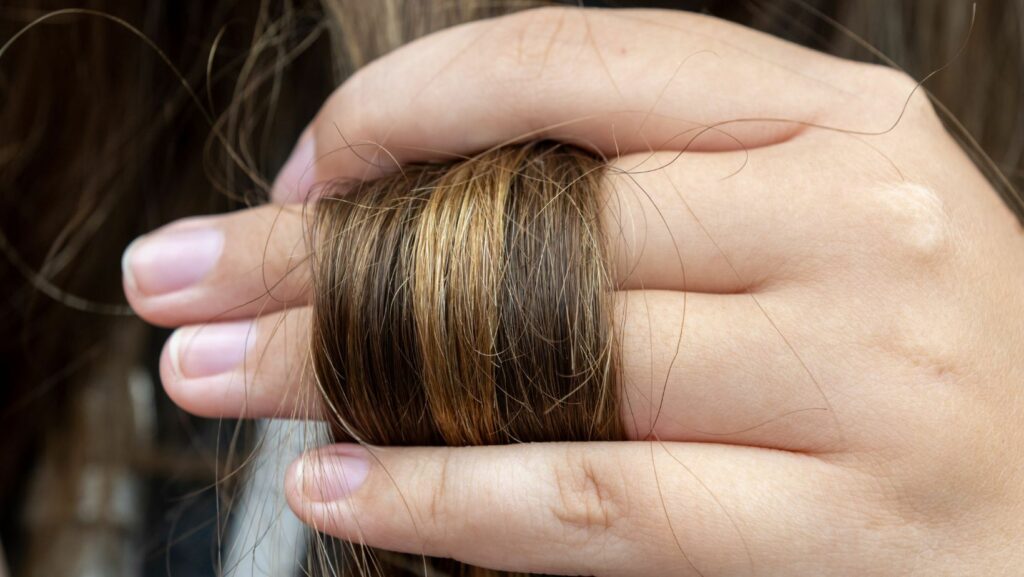Hair Care Regimen for Natural Hair
As we delve into the realm of hair care regimen for natural hair, it’s essential to understand the unique needs and characteristics of natural hair. Natural hair, often characterized by its coil pattern and texture, requires specific care to thrive and maintain its health. Embracing one’s natural hair is not just a trend but a journey towards self-love and acceptance.

When establishing a hair care regimen for natural hair, it’s crucial to consider factors such as moisture retention, protective styling, gentle handling, and using products formulated for kinky, coily textures. Hydration is key in maintaining the elasticity and strength of natural hair. Incorporating deep conditioning treatments rich in moisturizing agents can help combat dryness and prevent breakage.
Moreover, embracing a minimalist approach by focusing on quality over quantity when selecting products can yield significant benefits for your natural hair journey. Understanding your unique curl pattern, porosity levels, and scalp condition can aid in tailoring a personalized regimen that caters specifically to your hair care regimen for natural hair needs. By investing time and care into nurturing your natural locks, you embark on a path towards healthier, vibrant hair that truly reflects your individuality.
Understanding Natural Hair Types
When it comes to NATURAL HAIR, understanding the different types can be key to finding the right hair care routine. There are generally FOUR main categories of natural hair types, categorized under the Andre Walker Hair Typing System. Each type has its own unique characteristics that influence how you should care for your locks.

The Four Main Natural Hair Types:
- Type 1 – Straight Hair: This hair type is typically smooth and lacks curl or wave patterns.
- Type 2 – Wavy Hair: Wavy hair falls somewhere between straight and curly, with a slight bend or texture.
- Type 3 – Curly Hair: Curly hair forms loose to tight curls with more defined S-shapes.
- Type 4 – Coily/Kinky Hair: Coily or kinky hair features tight coils or zig-zag patterns, often appearing densely packed.
Characteristics of Each Type:
- TYPE 1:
- Lacks volume.
- Prone to oiliness.
- Easily straightened but struggles to hold curls.
- TYPE 2:
- Can range from fine to coarse textures.
- Responds well to various styles like braids and beach waves.
- TYPE 3:
- Requires moisture to maintain bounce and definition.
- Vulnerable to frizz and dryness if not properly cared for.
- TYPE 4:
- Needs regular hydration due to its coil pattern that makes it harder for natural oils to travel down the strands.
- Benefits from protective styles like twists and braids.
Understanding your NATURAL HAIR TYPE is crucial in tailoring a regimen that caters specifically to your unique needs. By identifying which category your hair falls into, you can choose products and techniques that enhance its natural beauty while keeping it healthy and vibrant.
Key Components of a Hair Care Regimen for Natural Hair
Taking care of NATURAL HAIR requires a thoughtful regimen that caters to its unique needs. Here are some KEY COMPONENTS to consider when establishing an effective hair care routine:

1. Moisture Balance:
- Keeping natural hair MOISTURIZED is essential to prevent dryness and breakage.
- Use hydrating shampoos and conditioners specifically formulated for natural hair.
- Incorporate deep conditioning treatments regularly to maintain moisture balance.
2. Gentle Cleansing:
- Avoid harsh sulfates and opt for gentle, sulfate-free shampoos to cleanse without stripping the hair of its natural oils.
- Consider co-washing (washing with conditioner only) in between regular wash days to retain moisture.
3. Protective Styling:
- Implement PROTECTIVE STYLES like braids, twists, or buns to minimize manipulation and reduce damage from daily styling.
- Use satin or silk scarves and pillowcases to protect hair while sleeping.
4. Regular Trimming:
- Schedule REGULAR TRIMS every few months to eliminate split ends and maintain overall hair health.
- Trimming helps prevent further damage and promotes healthy growth.
By incorporating these essential components into your HAIR CARE REGIMEN, you can nurture your natural locks and promote their strength, vitality, and beauty. Remember, consistency is key when it comes to achieving healthy natural hair!

